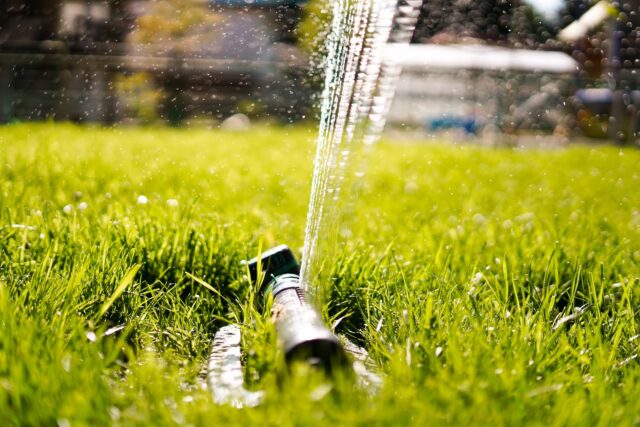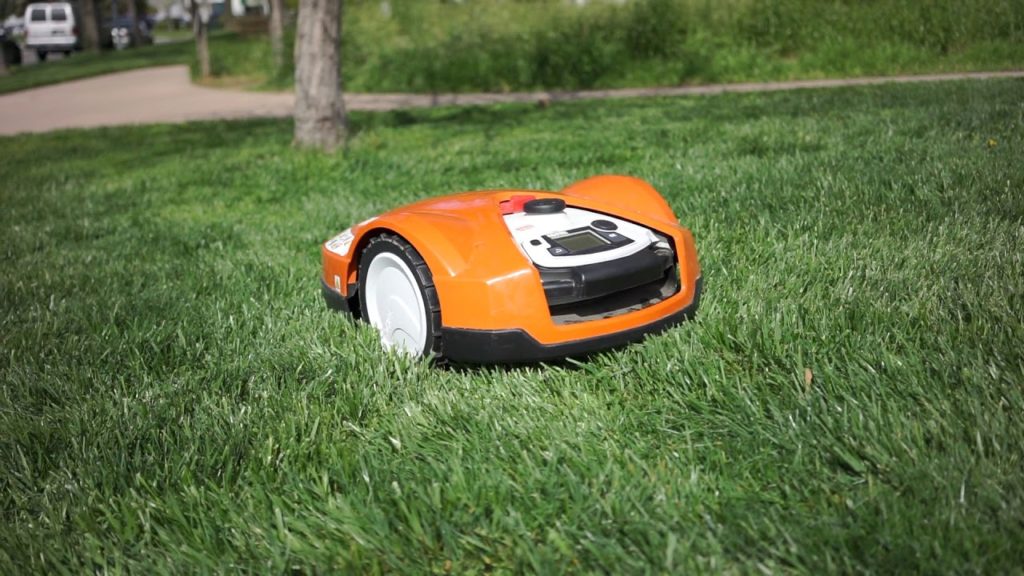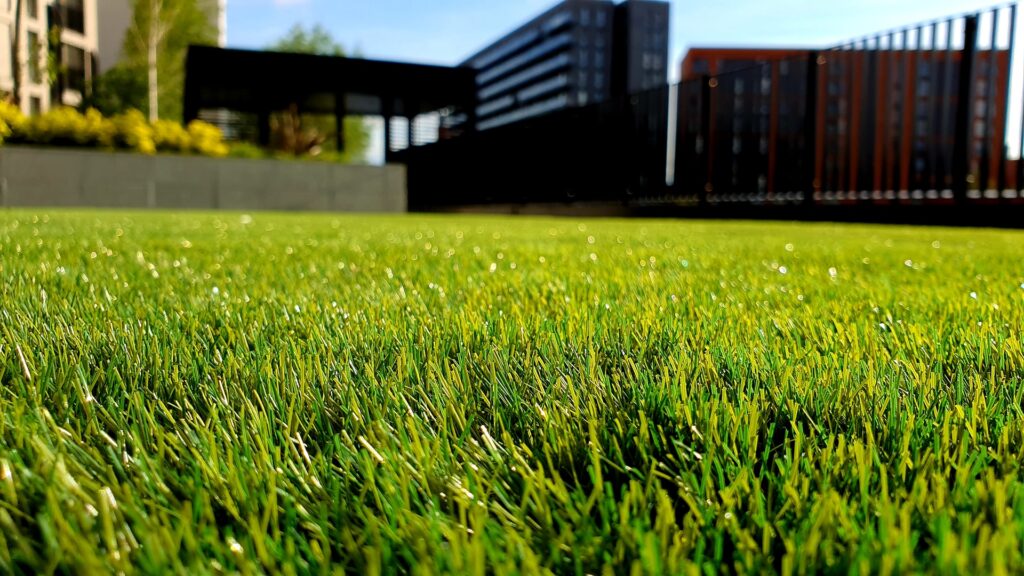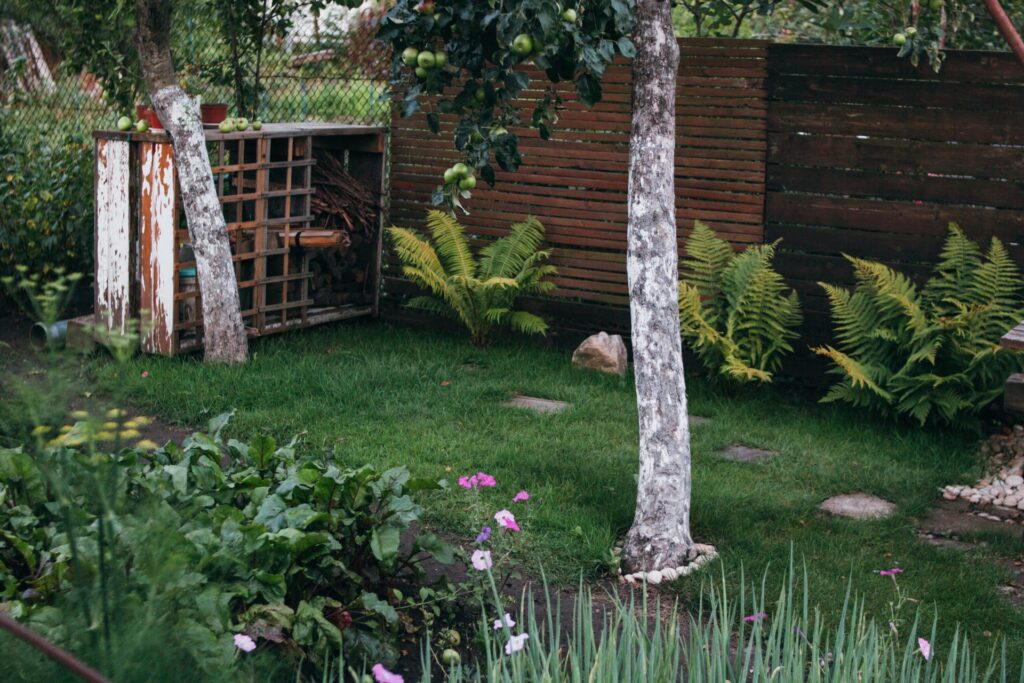
A green lawn makes any yard look neat and beautiful. However, you should take proper care of the grass, especially after winter. We’ll tell you about the five main steps you need to do in the spring to keep your lawn healthy throughout the year. For professional advice on equipment selection and other gardening tips, check out the BumperCrop Times blog.
When to Start

Lawn Care in the new season begins at the end of winter. You should ensure that the snow in your yard melts evenly. Avoid prolonged waterlogging of the area to prevent the formation of puddles. If there are drifts and heaps of snow, you should distribute them evenly throughout the territory. In late winter-early spring, when the snow has just melted, an ice crust may form on the ground (it is visible in the morning and evening). It is vital to remove it from the lawn (with a broom or a fan rake) to prevent plant roots’ destruction due to lack of oxygen.
It is advisable to minimize all movement on a damp ground to reduce the likelihood of ruts, tracks, and potholes (it is essential for young lawns). To be sure to prevent waterlogging of the soil, consider the drainage system in advance. The next stage of recovery begins after the ground dries up.
Spring Care
As soon as the weather is warm outside, and the top layer of the lawn becomes dry, you can start the mainspring care stages.
Step 1: Fertilizing

All plants require nutrition, and it is advisable to feed the lawn three times a year. In the spring and summer, you should use a fertilizer with nitrogen, and the one with potassium in the fall. With the onset of a stable warm temperature after the snow melts on the site, you need to treat grass with fertilizer with a predominance of nitrogen. In combination with phosphorus, potassium, and trace elements, this nutrient will ensure quick regrowth and recovery of the lawn after winter.
You better do it before the grass begins to grow. If green shoots have already appeared, make sure that the lawn does not burn under the sunlight because of fertilizers. In this case, it is best to water the lawn to dissolve the pellets faster. You can scatter fertilizers manually, but it is quite laborious, and, most likely, you’ll do it unevenly. That is why it is best to use a mechanical spreader.
Step 2: Dethatching
After fertilizing the lawn, wait for some time (on average, one and a half weeks). During this period, the fertilizer granules will dissolve, and the topsoil will dry out. After that, you should “comb out” the turf and other plant residues formed in the autumn-winter seasons. It will help you prevent the spread of lawn mold and pests, creating favorable conditions for air exchange in the root layer of the ground, which is the best prevention of any plant disease.
For these purposes, you should use a rake of different types. First, take a tool with twisted teeth and pass it along and across the site (you can do it several times for better results), collecting plant residues in heaps. Then you should switch to a fan rake. Small debris that is difficult to pick up by hand can be removed with a garden vacuum cleaner. If you do not feed your lawn right after the snow melts, you can do it now, after dethatching.
Step 3: Aeration

The next step after feeding and combing out the lawn is aeration. After the winter, the soil becomes compacted, the roots lack air, and the ground accumulates carbon dioxide. As a result, the growth and development of grass slow down or even completely stop. To make your lawn look good, you should provide aeration, that is, artificial saturation of the soil layer with air.
If you do not have a specialized tool, you can use pitchforks with straight or hollow teeth. Pierce the ground to a depth of at least 3 inches; only then, you can achieve the desired result. But it is unnecessary to pierce the entire yard since it is titanic work on a large area. It is enough to do it locally, where there is strong compaction of the soil, moss, or stagnant water.
Step 4: Weed control
Caring for the lawn after winter also includes killing weeds because they appear immediately after the snow melts. To get rid of them in early spring, you can use mechanical and chemical methods. The first one involves the use of a rake and hoes, that is, manual work. If you own a medium to a large lawn, this option will be too energy-intensive and unprofitable. Therefore, it’s better to consider the use of herbicides.
They can be of non-selective or selective action. The former affects all types of plants, while the latter destroys weeds and does not damage the useful grass you would like to save. When using any herbicide, you should strictly follow the instructions for its application. Improper use can pollute the soil and water, causing the death of plants and animals. For maximum effect, professionals recommend combining both methods.
Step 5: Overseeding

Due to freezing, excess moisture, or other factors, you can get damaged (bald) areas formed on the lawn. In this case, you need to restore your yard. If there are pits, you need to level the surface with extra soil and compact the ground with a lawn roller (it can be replaced with a wide board). Then loosen the overseeding site and sow the grass. To avoid the appearance of the areas of different colors, use the same seeds that have been scattered previously.
In extreme cases, a complete restoration of the lawn may be required. For that, mulch the entire area of your yard with a peat mixture or fertile soil over it. The addition of peat or sand to the ground leads to the appearance of new roots and shoots and improves the soil’s structure. After that, water the area in the evening, on the day of overseeding.
Enjoy Your Green and Healthy Lawn
After all these steps, you should wait until the grass grows enough (over 4 inches) to mow it. Do not cut it too short so that the sun does not burn the plants that have not recovered from the winter yet and provoke weeds’ growth. Remember that you should disturb the lawn as little as possible during wet and frosty seasons, try not to step on the grass, and carry out the necessary work while standing on aboard. If you take proper care of your grass every spring and follow all these steps, you will have an emerald green lawn every year.







